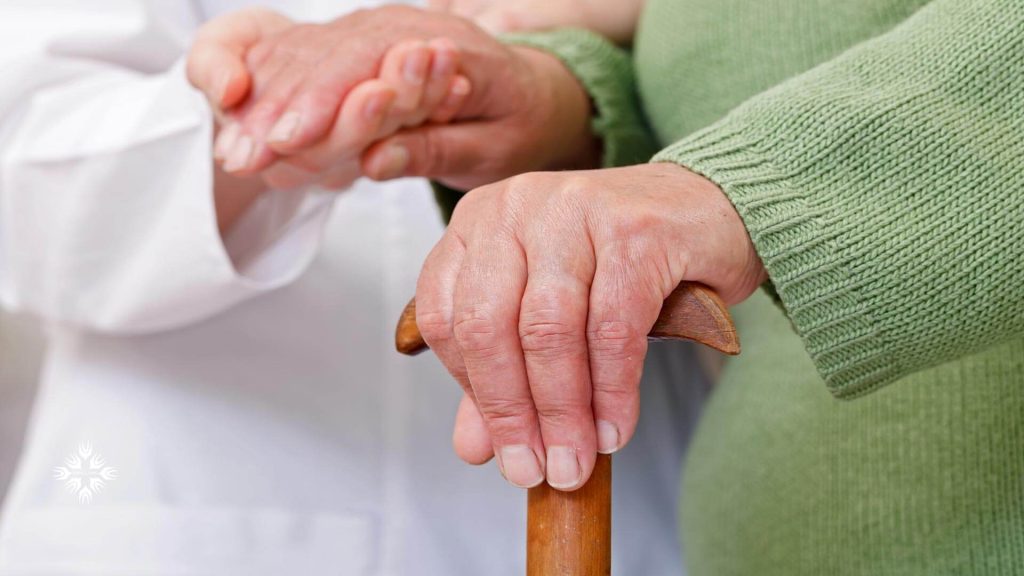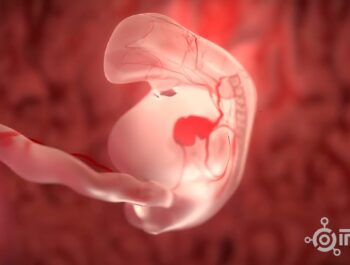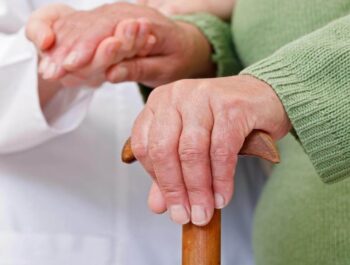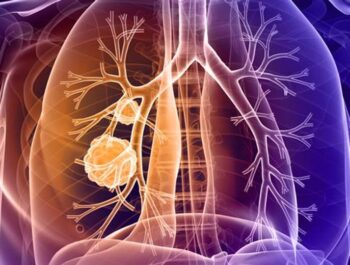
Parkinson
3min Read
Parkinson’s disease (PD) is a chronic and progressive neurological disorder that affects millions of people around the world. The disease is named in the honor of Dr. James Parkinson, who first described the disease in 1817. In this article, we will examine the symptoms, causes, diagnosis and treatment options available for Parkinson’s disease.
In order to better understand what Parkinson’s disease is, you must first get acquainted with a substance called dopamine. Dopamine is a messenger that is made in a part of the brain called substantia nigra. Our body’s muscle movements are coordinated by dopamine. In the case of Parkinson’s disease, the substantia nigra gradually begins to die and the release of dopamine decreases. If the amount of dopamine released decreases between 60 and 80%, the symptoms of Parkinson’s disease will appear.
The most common motor symptoms of Parkinson’s disease are:
• Tremor: Involuntary tremors or tremors that usually start in the hands or fingers
• Bradykinesia: Slowness of movement leading to stiffness and difficulty in initiating movements
• Rigidity: Stiffness and resistance to movement in muscles
• Instability Postural: Impaired balance and coordination that often leads to difficulty walking
Non-motor symptoms associated with Parkinson’s disease may include:
• Depression and anxiety
• Sleep disorders
• Cognitive impairment and dementia
• Loss of smell
• Constipation
Causes and diagnosis
The exact cause of Parkinson’s disease is unknown. However, both genetic and environmental factors are believed to play a role in its development. Mutations in certain genes such as the LRRK2 and PARKIN genes are associated with familial cases of Parkinson’s disease. Research shows that men are one and a half times
more at risk of Parkinson’s disease than women, and this disease usually appears between the ages of 50 and 60 in most patients.
Diagnosing Parkinson’s disease can be challenging, as no definitive test is available. Specialists and doctors rely on a medical history, a thorough physical examination, and observation of symptoms to make an accurate diagnosis. Additional tests, such as brain scans and imaging, may be done to rule out other conditions and confirm a diagnosis of PD.
Treatment options
While there is currently no cure for Parkinson’s disease, various therapeutic approaches are aimed at managing its symptoms and improving the quality of life of people with the disease.
v Medications: The most common treatment for Parkinson’s disease involves medications that increase dopamine levels in the brain. Levodopa, dopamine agonists, and MAO-B inhibitors are commonly prescribed to help manage motor symptoms.
v Deep Brain Stimulation (DBS): DBS may be recommended when medications are no longer effective in controlling symptoms. It involves implanting a device that delivers electrical impulses to the desired areas of the brain and helps reduce symptoms.
v Physical therapy: Physical exercises and rehabilitation programs can help improve mobility, flexibility and overall health of people with Parkinson’s disease.
v Lifestyle modification: Adopting a healthy lifestyle can have a positive effect. Regular exercise, a balanced diet, and stress management techniques are helpful for managing symptoms and improving overall health.
v Support and education: Joining support groups and seeking education about Parkinson’s disease can provide the necessary tools to deal with the challenges associated with the disease. to put it at the discretion of individuals and their caregivers.
Prevention of Parkinson’s disease
Since the cause of Parkinson’s is unknown, an effective and proven way to prevent this disease has not yet been discovered. However, research shows that regular aerobic exercise, caffeine consumption, and drinking green tea can help prevent Parkinson’s disease. Parkinson’s is useful.
Conclusion:
Parkinson’s disease is not fatal, however, the complications related to Parkinson’s can shorten the lifespan of people with the disease. Having Parkinson’s increases the risk of developing some dangerous conditions such as:
• Falling and tripping
• Blood clots
• Lung infection
• Obstruction in the lung
In general, it is not known how much Parkinson’s reduces a person’s life expectancy. Fortunately, many people live long lives despite having Parkinson’s. Some studies have shown that Parkinson’s only reduces life expectancy if it affects a person before the age of 70. The level of diagnosis and how the body reacts to drugs are also considered to be other influential symptoms in the outcome of Parkinson’s disease.













Reviews
Number of pending reviews174